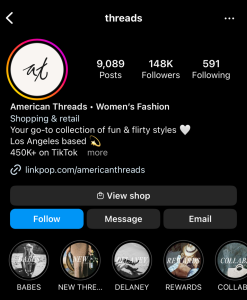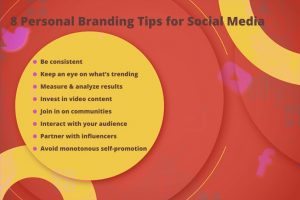Quality over quantity. It’s an age old adage that has been applied to countless content marketing contexts: blogging, recruitment marketing, email marketing, video marketing… Examples of where a few timely, high-quality pieces of content have garnered a greater return than reams of mediocre content can be seen right across the marketing landscape.
In fact, quality over quantity is a fundamental element of content marketing and the reason why it’s such an effective technique for achieving your marketing objectives.
Posting a lot doesn’t necessarily equate to higher engagement
Quality content
Want to raise engagement levels? Then publish interesting and relevant content that appeals to a wide range of people. Don’t flood the market with content about absolutely anything remotely associated with your business.
Want to strengthen your position as a thought leader? Then craft insightful copy that educates and inspires your readership. Don’t churn out five blogs a week that offer very little value.
Want to raise your brand reputation? Then produce the kind of materials that demonstrate how your company is trustworthy and authentic. Don’t just repeatedly remind people of how incredibly honest you are.
When it’s spelled out like this, you begin to understand how simple an idea it really is. You may think, as many of us do, that quality over quantity is a no brainer. But, are there any areas of marketing where this principle isn’t adhered to quite as much? I’d argue that there is, and that this area is social media.
Demonstrate how your company is trustworthy and authentic. Don’t just repeatedly remind people of how incredibly honest you are.
Content quantity
I follow a few brands on Facebook and Instagram but rarely open anything any of them post. My news feeds are so crammed with content that checking my Instagram becomes a process of opening the app, furiously scrolling to the bottom of the feed, then promptly closing the app and wondering why I bother. It’s no secret that social is a particularly competitive arena, where less active brands can get drowned out by super active ones, but to me this is evidence that a large number of businesses are employing tactics that fly in the face of the long established ‘quality over quantity’ approach.
Last year, the inbound marketing moguls at HubSpot released their Social Media Benchmarks Report that revealed lots of telling statistics about businesses’ social practices and the effectiveness of those practices.
Besides verifying my suspicions to be true, that a good many of the companies surveyed are extremely (perhaps overly) active on social media, the report also points out that posting a lot doesn’t necessarily equate to higher engagement levels.
The stats are taken from the social media methods of more than 7,000 businesses within a range of sectors, including real estate, healthcare, retail and marketing, and show there to be “no discernible correlation between the average number of posts companies publish per week and the average number of interactions each of those posts receives.
Many of the companies surveyed are extremely (perhaps overly) active on social media
So why post so often?
If posting more often doesn’t return higher engagement, then the only reason to continue with this approach is purely to be seen. This does work every now and again, but it definitely comes with a downside. While posting a Facebook update every 15 minutes means you’re regularly appearing on people’s news feeds, is this something they’re going to really appreciate? Speaking from personal experience, it generally isn’t.
I liken it to someone who loves talking, so does it all the time, over the top of anyone else who might want to talk, and regardless of whether they’re adding anything of any value. Initially, these kinds of chatterboxes are tolerated, but not for long. Soon people will tune out, stop listening and wish they had a mute button to hit. And all this won’t have done anything for this person’s reputation either. The same goes for brands.
The impact of constant posting
Over the years I’ve started following all sorts of brands, only to grow tired of many of them for forever cropping up with uninteresting, irrelevant articles or videos. Constantly appearing in my timeline didn’t so much raise brand awareness as make me stop listening. They went from a brand I wanted to follow and hear from to a really annoying person that won’t shut up.
HubSpot’s report goes on to look at how engagement levels differed by industry and saw the same story, that there isn’t a positive correlation between the number of posts per week and interactions per post. In fact, HubSpot says: “If anything, there’s a very slight negative correlation between the two.”
The report found that the two industries that post the least – manufacturing and consumer goods/retail/ecommerce – have two of the highest engagement averages. It also shows that the industry with the highest engagement average – non-profit/education – have four times the number of interactions compared to the second highest sector, yet their average number of posts per week is right in the middle of the mean total. So, non-profit/education businesses are getting massive engagement with a conservative number of posts.
And, more importantly for the point I want make here, the sector with the lowest interactions average – real estate – posts the most. In fact, they post twice as often as non-profit/education but get nothing for it.
The industries that post the least have the highest engagement averages
If we dug a little deeper we’d no doubt find a myriad of reasons why engagement levels are higher in one industry compared to another, but these findings suggest that it is at least in part because of a saturation issue. The real estate industry posts more often than any other and gets little return for it – they’ve flooded the market. While this high quantity posting approach hasn’t worked for real estate, that’s not to say no brand should attempt it of course. But it’s worth bearing in mind that if you do, people may want to hit the mute button.
Digital & Social Articles on Business 2 Community
(75)





